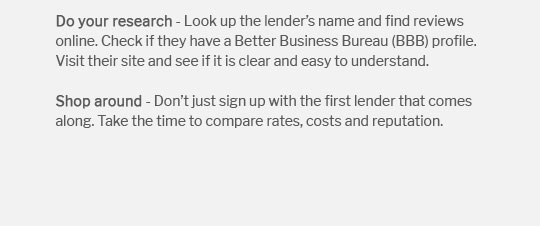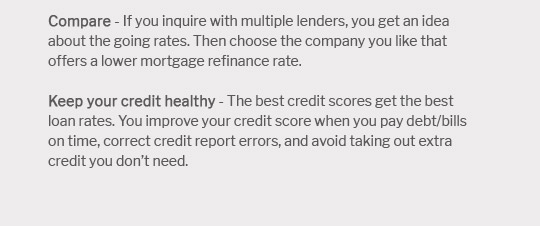 |
|||
 |
 |
 |
||
|---|---|---|
 |
||
 |
||
 |
||
 |
||
 |
 |
 |
 |
Understanding the Refinance Rate Lock: What You Need to KnowWhat is a Refinance Rate Lock?A refinance rate lock is an agreement between a borrower and a lender to secure a specified interest rate on a mortgage refinance for a predetermined period. This protects the borrower from fluctuations in interest rates during the refinancing process. Why Consider a Rate Lock?
How Does a Rate Lock Work?When you apply for a refinance, your lender offers a rate lock, often lasting 30 to 60 days. During this period, even if market rates increase, your locked rate remains the same. Some lenders might offer extensions for a fee if the closing process takes longer. Types of Rate Locks
For those with unique financial situations, such as those considering fha streamline refinance bad credit, understanding rate locks becomes even more crucial. Factors Influencing the Rate LockSeveral factors can influence the rate and terms of a lock, including:
FAQs about Refinance Rate LocksWhat happens if rates decrease after I lock my rate?If rates decrease, you may be able to renegotiate with your lender, especially if you have a float-down option. It's essential to discuss this possibility with your lender beforehand. Can I lock a rate with multiple lenders?Yes, you can lock rates with multiple lenders to compare offers, but be aware of any fees or terms associated with breaking an agreement. Is there a cost for locking a rate?Most lenders do not charge an upfront fee for locking a rate, but some may charge a fee if you extend the lock period beyond the initial term. For those exploring options through fha streamline refinance banks, knowing the details of rate locks is a critical component of the decision-making process. ConclusionLocking in a refinance rate is a strategic move in securing a stable and predictable financial future. By understanding the ins and outs of rate locks, you can make informed decisions that align with your financial goals. https://www.nerdwallet.com/article/mortgages/what-is-mortgage-rate-lock
A mortgage rate lock freezes your interest rate until loan closing to protect your homebuying power from rate hikes. https://www.chase.com/personal/mortgage/refinance/rate-lock
If it looks like your closing will be delayed, ask your lender about a rate lock extension as soon as you can. If your lock expires, you'll need to pay a relock ... https://www.wellsfargo.com/mortgage/learning/rate-lock/
When you lock the interest rate, you're protected from rate increases due to market conditions. If rates go down prior to your loan closing and you want to take ...
|
|---|